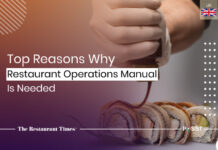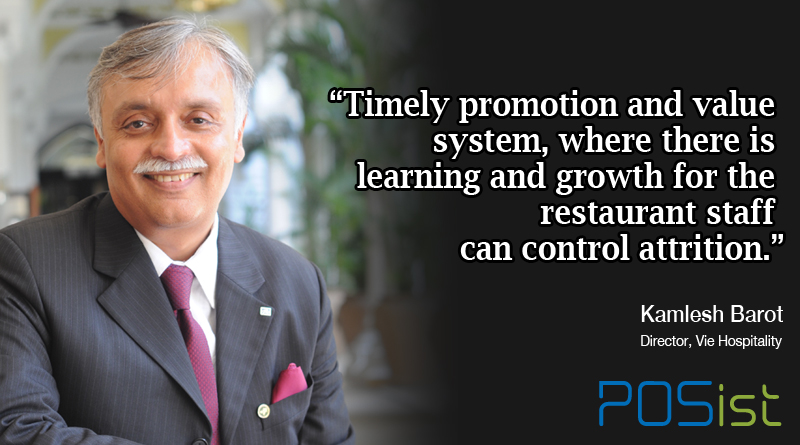Over the years, the food truck business has grown to become an essential part of the street food culture in the UK. Food trucks were once synonymous with chips and cheap burgers, but that is not the case anymore. In the last few years, the quality and the variety of offerings have evolved considerably.
One of the main reasons food trucks gained ground in the recent past is their relatively low capital outlay, which is critical for budding restaurateurs willing to venture into the hospitality industry. Further, food trucks are flexible since it is a mobile business, and you can scale up the business easily by expanding the fleet size.
Given its negligible barrier to entry and low investment requirements, the food truck business is highly competitive among many players. So, you need to develop a unique concept to differentiate yourself from the competitors, which is where sushi comes into the picture.
In the UK, the sushi craze kicked off in the mid-1990s and has become increasingly popular over the years. In particular, tuna and salmon sushi stay the top choice for consumers. However, the market share of sushi in the UK food industry is still relatively small, so the growing popularity can be seen as the indication of growth potential in this segment.
Guide To Starting A Sushi Food Truck In The UK
Now that you have decided on the unique offering, let us move on to the steps you need to follow to start a successful sushi food truck in the UK.
1. Do Your Market Research
There is no point in selling things with no market demand. So, first, you need to understand the market, then target your customer segment, and after that, create an offering that caters to their requirements. In this case, various market statistics suggest that young adults are the biggest buyers of foods from food trucks. So, your food truck menu should be curated accordingly.
2. Get The Licenses And Approvals
Next, you should get all the licenses and approvals mentioned below to operate in the UK food industry:
(i) Food Business Registration
You need to register the business with the local authorities at least four weeks before starting the sushi food truck.
(ii) Food Premise Approval
Given that fish is one of the core ingredients of sushi, you need to get the food premise approval from the local authority.
(iii) Street Trading Licence
You need to get the council’s approval for selling food on the street, which will add to the cost of operating the food truck. The cost and frequency of approval may vary from one location to another.
(iv) Commercial Gas Safety Certificate
This certificate is applicable if you will be cooking food with gas appliances. It will certify that all equipment is safe and fit for use.
(v) Food Hygiene Certificate
Although it isn’t mandatory legally, it is better to have it from the food safety regulators as proof that your food truck handles food and drink responsibly.
3. Purchase Or Lease A Truck
Your food truck will definitely be incomplete without the truck, the largest slice of the capital outlay. The cost of a new food truck can be anywhere in the range of GBP 5,000 to GBP 50,000, while that of a second-hand truck starts from GBP 1,000 and can go up to GBP 30,000.
On the other hand, leasing can be an excellent option to start with as it defers the initial capital requirement. However, it may not be a profitable option in the long run compared to the purchase option. So, whether to lease or purchase a truck depends on the financial position and stage (initial/ matured) of the business.
4. Select The Location
Although the location for a food truck is flexible given its mobility, still the selection is not that simple as it is influenced by several factors, like availability of target customer segment, local laws, and proximity to existing food trucks or restaurants. The location is a critical factor in the food truck industry as it can either make or break the business.
After deciding the location, you need to figure out the schedule suitable for your potential customers. For instance, the time of the day for catering to office-goers will be completely different from that for serving the nocturnal concert-goers.
5. Market The Food Truck
You need to market the food outlet and promote its unique offering (sushi in this case) to enlarge your potential customer reach. You can either use the traditional way of distributing pamphlets and flyers or leverage social media platforms like Instagram, Facebook, and Twitter.
You can also design a website for your food truck business so that your existing and potential customers can follow you wherever your food truck moves to a new location. You can also leverage the website to offer an online ordering facility for customers staying away from your area.
6. Invest In A POS System
Like all other businesses, a food truck should also use a credible cloud-based POS system to manage sales, inventory, and staff (in some cases). Since the outbreak of COVID-19, online/ card payment and mobile wallets are becoming more popular due to the increasing adoption of contactless payment options. One of the simplest ways to accept cards and digital payments is to use an integrated POS system. Besides, it can also help manage the stock inventory level, and send customized SMS and emails to loyal customers.
Given the current trend in the UK food industry, starting a sushi food truck can definitely be a rewarding venture if all the steps mentioned above are followed correctly. You need to obtain all the necessary licenses and approvals, develop your niche, secure a good location, and you are good to start an exciting and lucrative business.


















